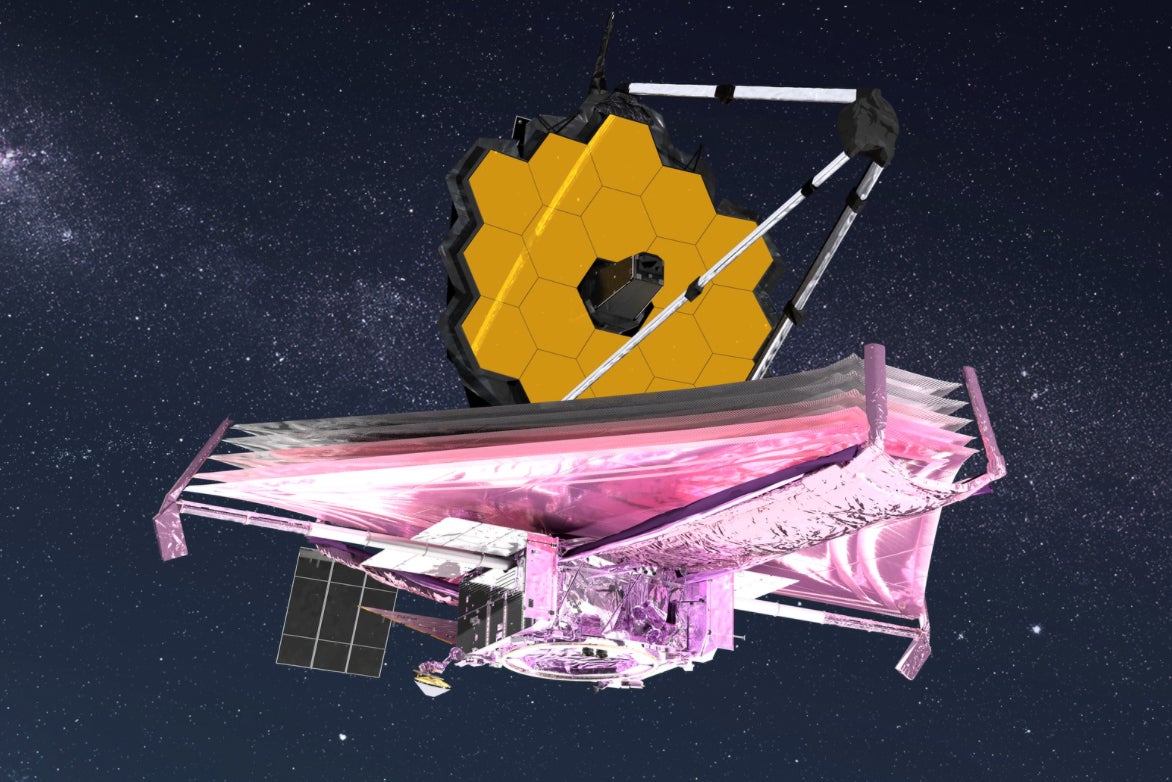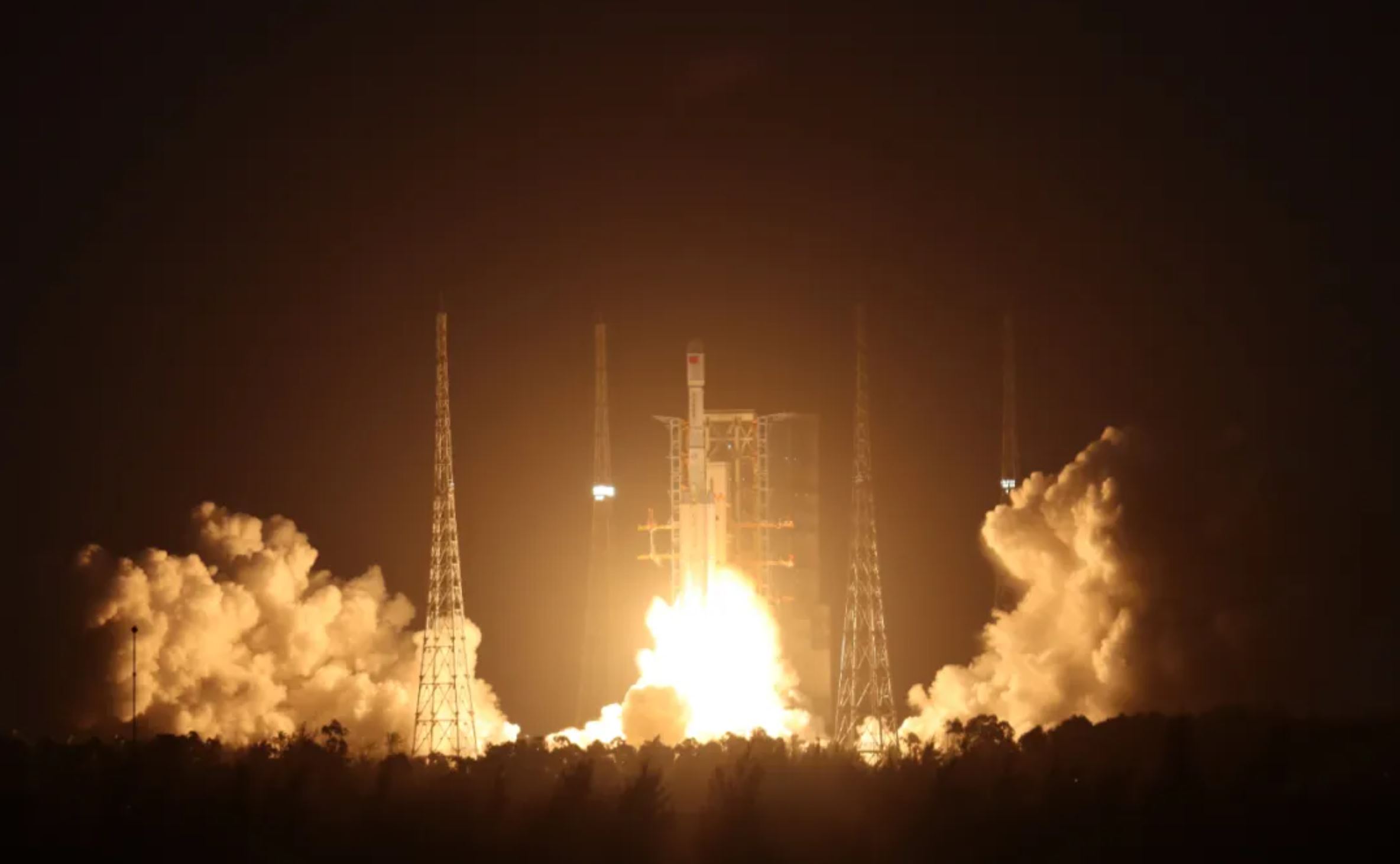Traditionally, phase-transforming materials are based on atomic- or molecular-level thermodynamic and kinetic mechanisms. Scientists from the University of Massachusetts Amherst have developed elasto-magnetic metamaterials that display phase transformation behaviors.
In a new study, scientists reported a new rubber-like solid material that can absorb and release enormous energy. It is made of new metamaterial that combines an elastic, rubber-like substance with tiny magnets embedded in it.
As scientists reported, the material has several applications:
- It can enable robots to have more power without using additional energy.
- It can be used in helmets and other protective materials.
Phase-shifting material either releases or absorb energy. A phase shift that releases energy can be harnessed as a power source, but getting enough energy has always been difficult.
Alfred Crosby, professor of polymer science and engineering at UMass Amherst and the paper’s senior author, said, “To amplify energy release or absorption, you have to engineer a new structure at the molecular or even atomic level. However, this is challenging to do and even more difficult to do predictably. But by using metamaterials, we have overcome these challenges. We have not only made new materials but also developed the design algorithms that allow these materials to be programmed with specific responses, making them predictable.”
Xudong Liang, the paper’s lead author, currently a professor at Harbin Institute of Technology, Shenzhen (HITSZ) in China who completed this research while a postdoc at UMass Amherst, said, “We’ve taken this to the next level. By embedding tiny magnets into the elastic material, we can control the phase transitions of this metamaterial. And because the phase shift is predictable and repeatable, we can engineer the metamaterial to do exactly what we want it to do: either absorbing the energy from a large impact or releasing great quantities of energy for explosive movement.”
Journal Reference:
- Xudong Liang et al. Phase-transforming metamaterial with magnetic interactions. DOI: 10.1073/pnas.2118161119
Note: This article have been indexed to our site. We do not claim legitimacy, ownership or copyright of any of the content above. To see the article at original source Click Here













